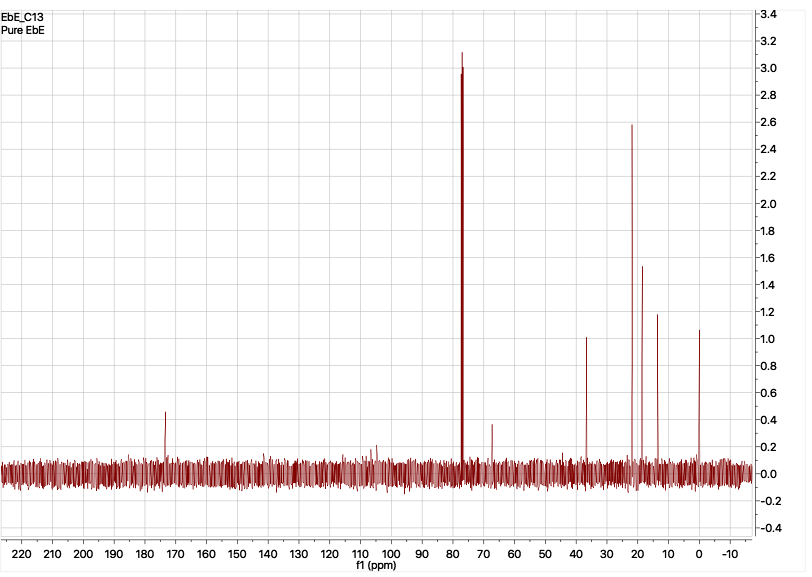

The position of a peak in an NMR spectrum is commonly referred to as the ‘chemical shift’ and denoted by the symbol δ. The electronic environment of each nucleus slightly modifies its exact resonance frequency through a process called chemical shielding and consequently the positions of various peaks in the NMR spectrum are specific for each nucleus in the molecule. NMR's exquisite (bio-)chemical usefulness originates from its ability to discriminate the different nuclei in a biomolecule. NMR is a spectroscopic technique that employs an inherent property of many nuclei called ‘spin’ to yield spectra of various nuclei of biological interest, e.g. The exchange-induced broadening of peaks at 0.5 and 1 eq are slightly exaggerated for illustrative purposes. Note the gradual shift of the peak as function of ligand concentration. Peak positions were calculated using eqn (6) in Ref. However, ∆δ was assumed to be −1 ppm (D) Simulated 1D 1H N NMR spectra under the fast chemical exchange regime. Spectra are shown at 0.0 (red), 0.5 (orange), 1.0 (green), and 2.0 (blue) eq of (NMR-invisible) ligand. (C) Simulated 1D 1H N NMR spectra under the slow chemical exchange regime. For historical reasons, the scale in NMR is expressed in relative terms, the so-called ppm scale, which runs from high positive values on the left to low, or negative values, on the right of the scale. (B) Distribution of deposited chemical shifts for the H N, H ⍺ and H β nuclei of Alanine as derived from the BMRB. The plot shows the number of journal articles in the PubMed database by querying for ‘chemical shift (perturbation or mapping)’. (A) Number of CSP publications as function of year of publication. Particular focus will be given to the CcpNmr AnalysisAssign version-3, which provides several user-friendly tools for retrieving the relevant data thus, providing for invaluable biological information.Ĭhemical shift and exchange.
#SHIFT ALL PEAKS INMR SOFTWARE#
In this paper, we also discuss how current NMR software packages can facilitate the CSP data analysis. 1A), with currently ~ 80 references annually. Since it was first proposed, the CSP analysis has become well-established, as illustrated by the increasing number of papers referring to the technique (Fig. In this minireview, we will illustrate how a simple yet powerful experimental NMR technique, the so-called chemical shift perturbation (CSP) analysis, can be used to investigate interactions between biomolecules or biomolecules and small drug-like compounds. NMR is one of the three major techniques that provides structural, dynamical and also interaction data. Together these are crucial in determining the affinities that drive the assembly of the macromolecular complexes. It is based on the notion that the interactions are facilitated by the specific molecular shapes and, as has nowadays become evident, also their dynamical changes. Structural biology is the field of science which aims to describe such interactions between biologically relevant molecules at an atomic level. At the root of our understanding, however, is the realisation that the interactions between individual molecules that together form active complexes of sometimes intricate complexity, constitute the underpinning basis of all the biological processes. As such, it is imperative to know at which time and place specific biomolecules are active to exert their function. It is the ultimate aim of the molecular biologist to understand cellular functioning in its molecular context. testis-signal transduction and activation of RNA.transverse relaxation-optimised spectroscopy.heteronuclear single quantum coherence spectroscopy.collaborative computing project for NMR (software).Biological Magnetic Resonance Data Bank.


 0 kommentar(er)
0 kommentar(er)
